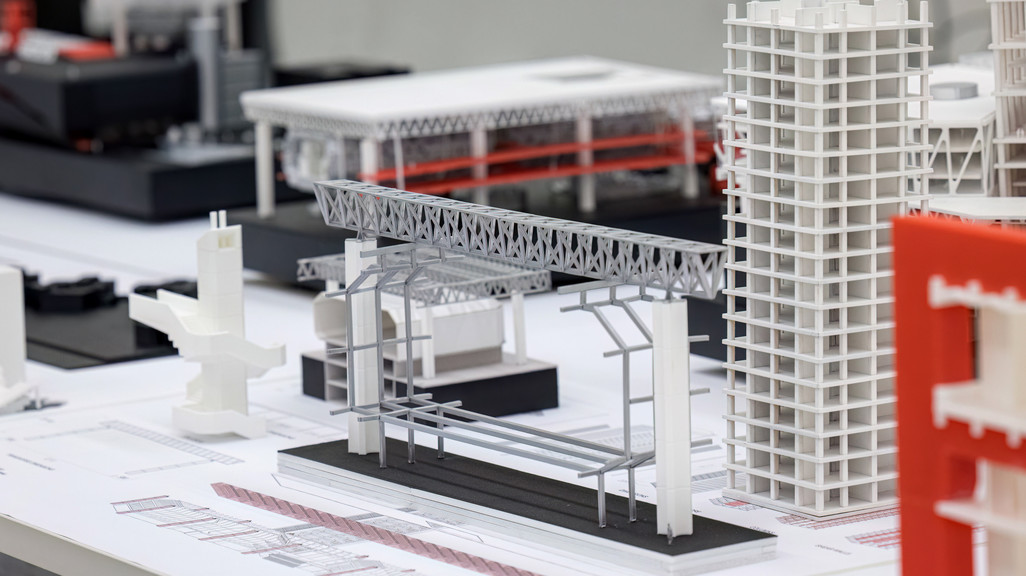
"Open Work": Fall 2022 Advanced Topics Studio with Enrique Walker
401.1
2022
Half a century ago, architecture became open-ended. Buildings would change and grow, architects argued, not unlike cities. Architects embraced impermanence, promoted flexibility, timed obsolescence, and welcomed uncertainty, just as Umberto Eco proclaimed the birth of the open work, and Roland Barthes pronounced the death of the author. Architects also questioned authorship. Many would no longer strive to prescribe outcomes, let alone inscribe meanings. Against the backdrop of modern masters and modern monuments, and as a result of cultural, social, political, and technological developments, buildings became systems. Paradoxically, architects would pioneer new building types, in unprecedented ways, by openly disregarding program.
Design theories for open-ended buildings differed, but they all implied, almost invariably, free plans and modular units, as well as building components discriminated by their rate of renewal: frame versus clip-on, core versus capsule, structure versus envelope. By the mid-sixties, just a few years after speculation on openness had begun in earnest, several projects materialized. Over the following years, many changed: some according to plan, some according to no plan. Others did not. Some were demolished against the architect's will, some preserved against the building's principles. Today, some stand for the arguments they promoted, some for the doctrines they attacked.
This Fall 2022 studio addressed two open-ended buildings in South America that intersected the debate on open-endedness, namely: the MASP (1957-1968) in São Paulo by Lina Bo Bardi, and the UNCTAD III (1971-1972) in Santiago by José Covacevic, Juan Echeñique, Hugo Gaggero, Sergio González, and José Medina. The studio brief was straightforward. Students joined a team, were assigned a building, and were asked to double its surface. The studio questionwasis to design in conversation with, and take position on, a building and the arguments it advanced, and to tackle a longstanding question within the field, again, half a century later.
Related Faculty |
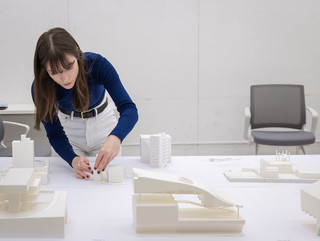

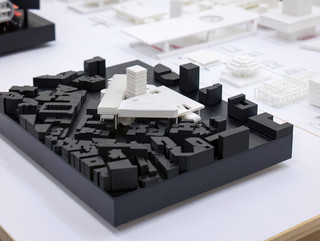
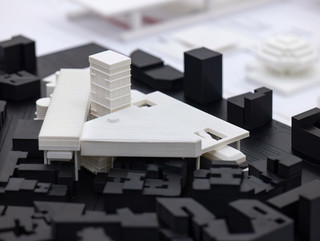
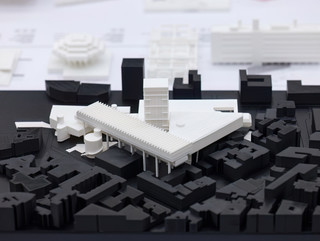
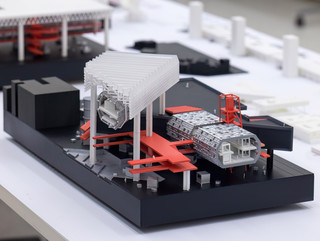
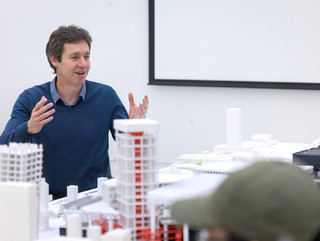
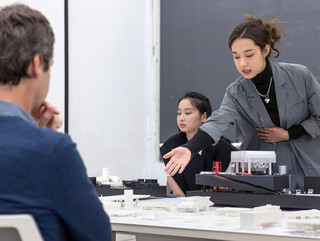
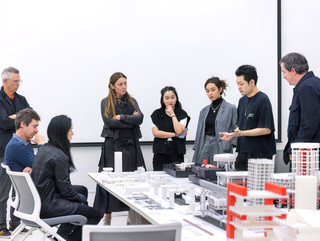
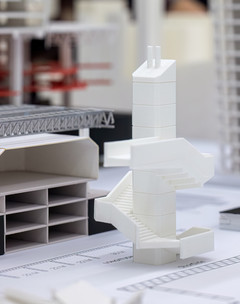
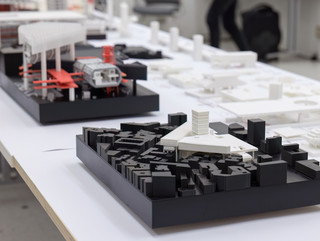
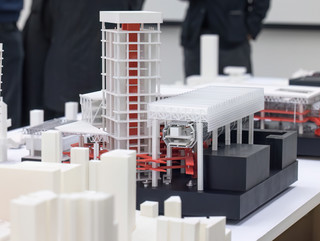

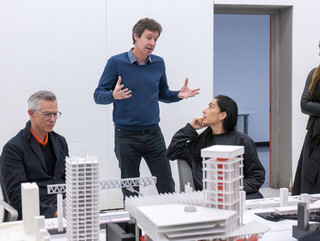
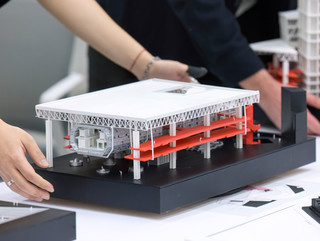
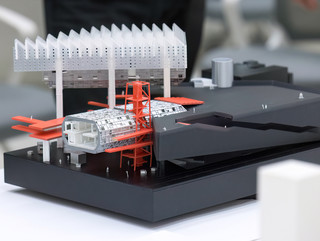
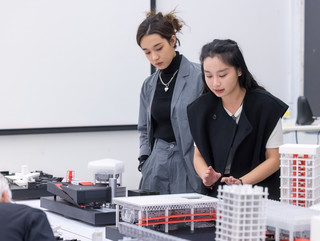
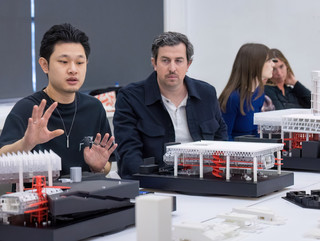
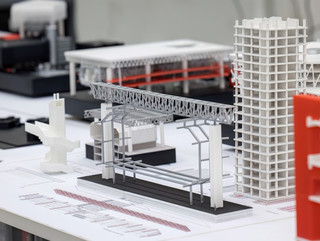
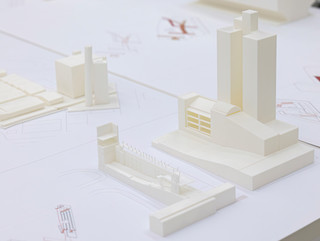
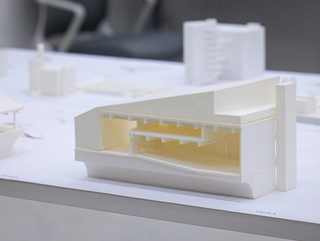
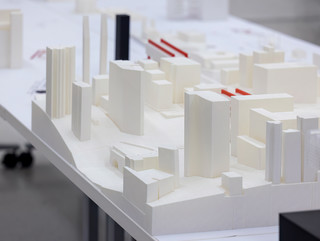
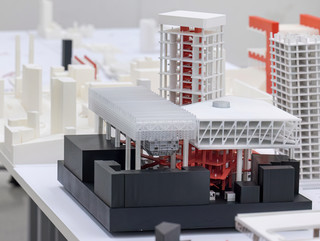

- .
- .
- .
- .
- .
- .
- .
- .
- .
- .
- .
- .
- .
- .
- .
- .
- .
- .
- .
- .
- .
- .
- .
- .